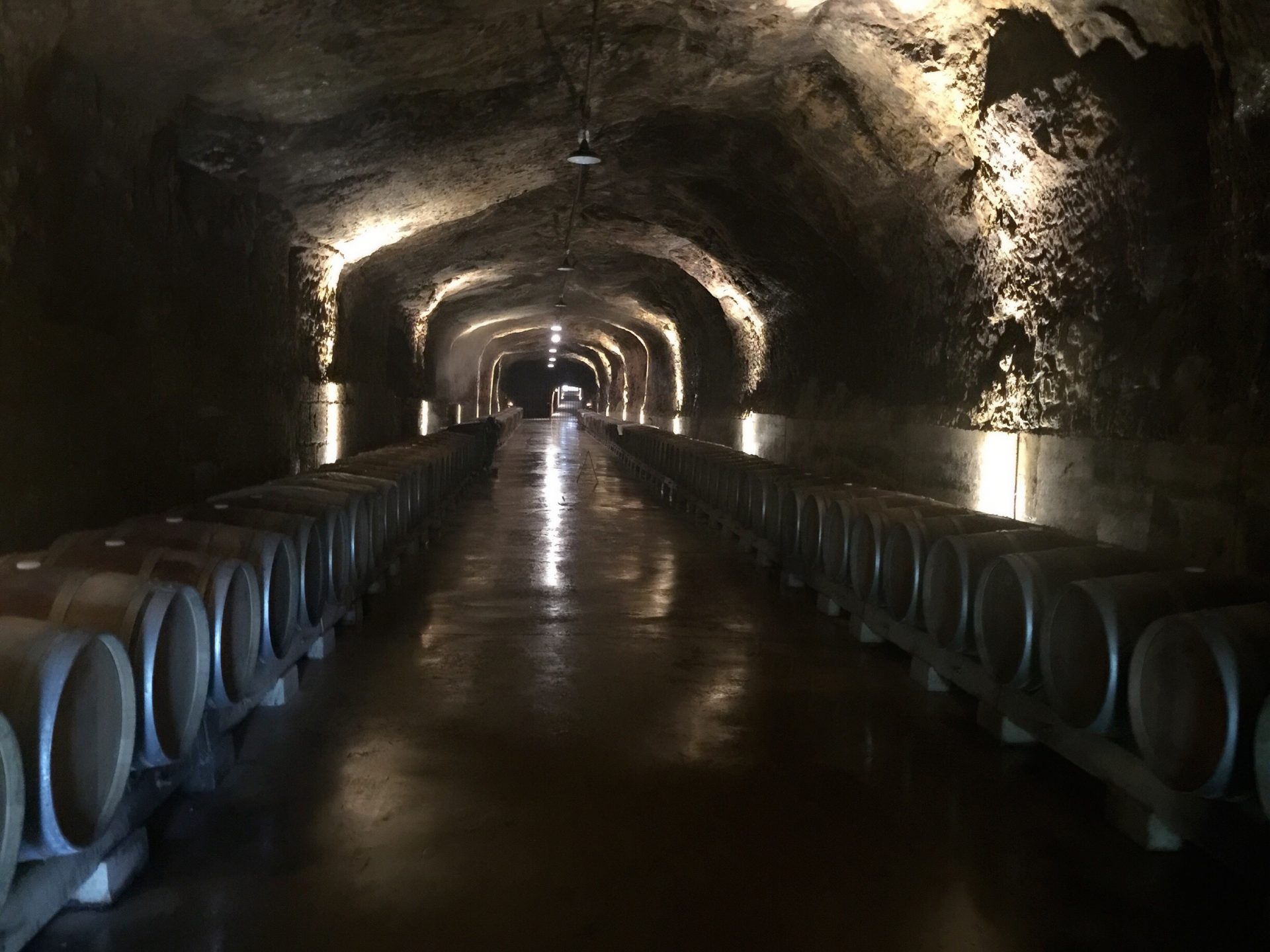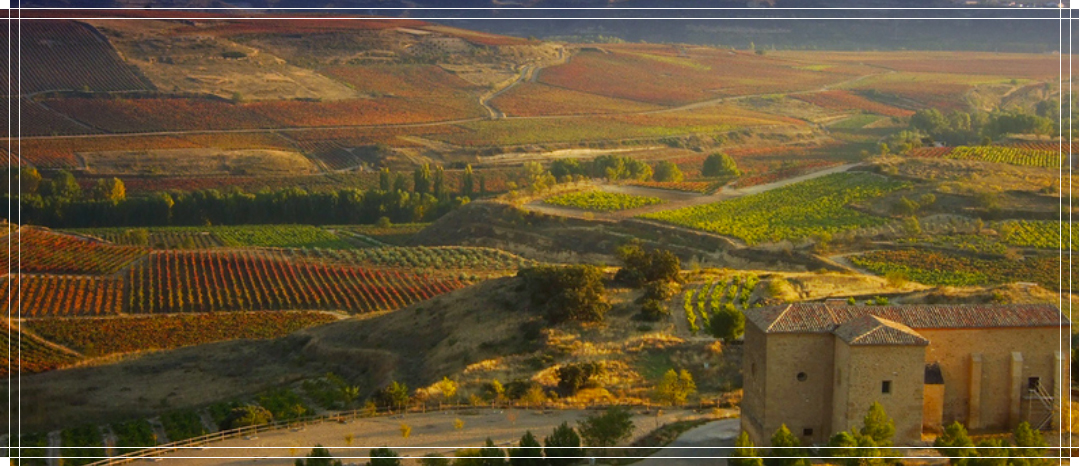I was so excited to find out the Institute of Masters of Wines and the Fundacion para la Cultura Del Vino decided to repeat their Masterclass weekend in Rioja, Haro in May 2017. The course was more amazing than I had imagined. Not only do students get the rare opportunity to learn from 6 MWs in a series of tasting and theory workshops which was a treat in itself…
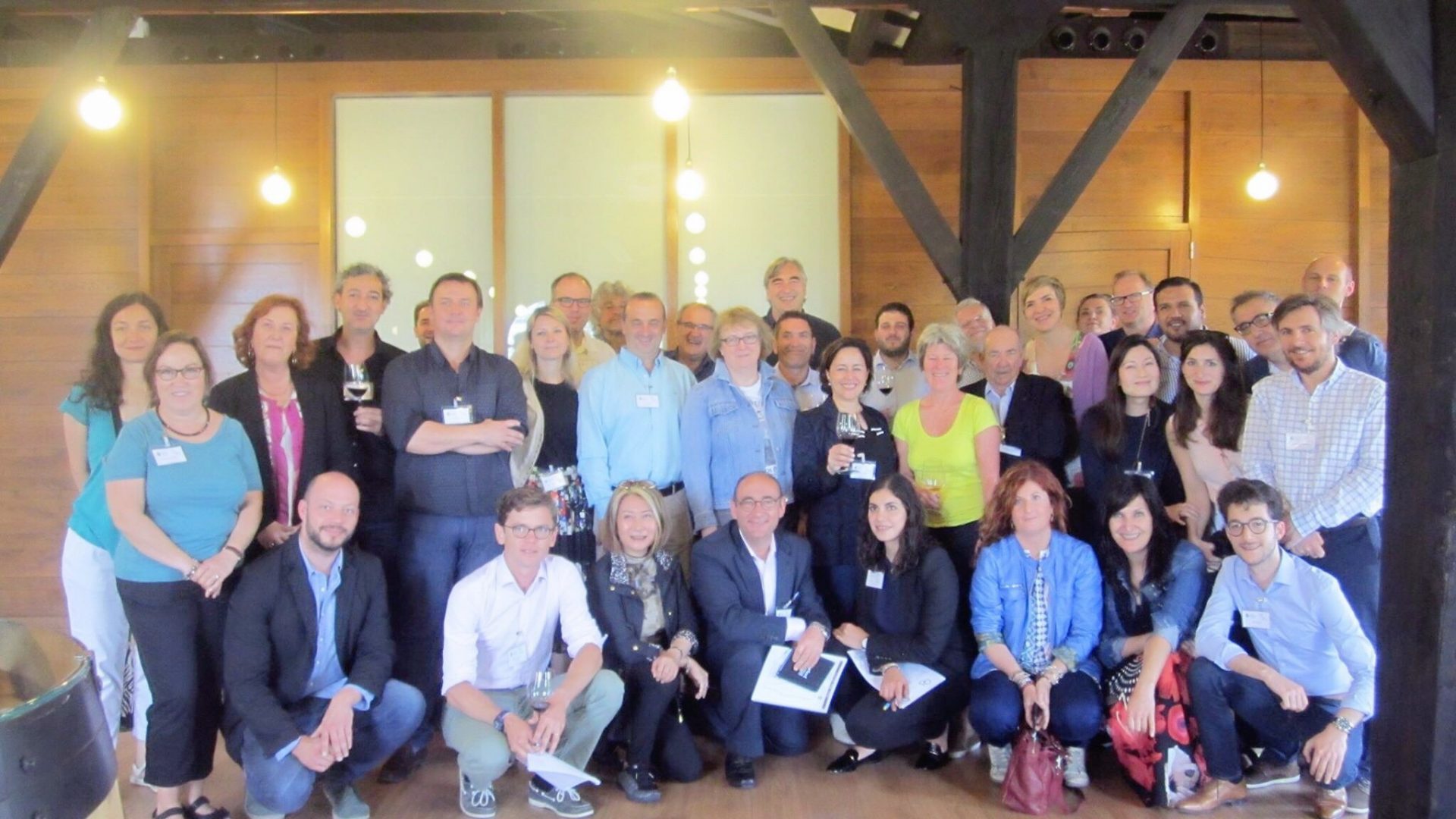
We were hosted by Bodegas Muga which was more than hospitable in their warm welcome, professional in organizing the logistics and execution of the whole programme. The winery owner Manuel also joined us in our tasting classes, it was one of those rare occasion we get to hear his perspectives on some of his wines as well!
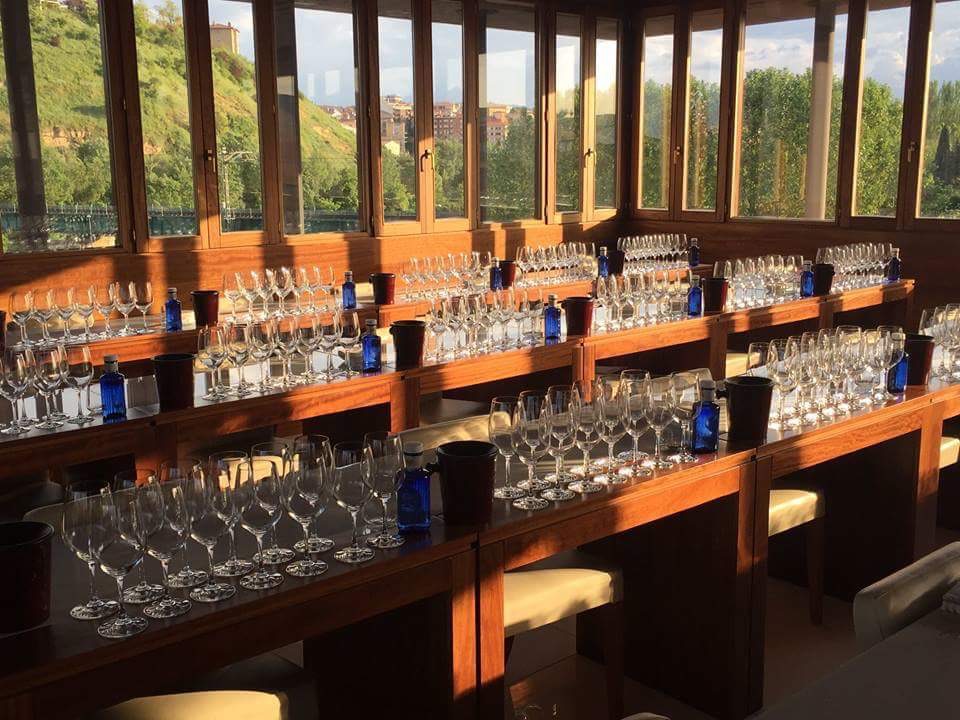
We were invited by Bodegas Beronia to visit their winery. As we arrived the sky opened and poured, the technical director the Bodegas of 20+ years said we brought them some much needed rain! The weather did not dampen his enthusiasm, he led an informative two hour tour around his winery which sheer size was staggering in its own right. There is an entire section of the cellar dedicated for research on projects such as the flavour and tannin profile of different blends of wines and the effects of different types of oak. They also have a spectacular tasting room with a panoramic view of the vineyards, a wine shop with every kind of trinket you can find and mouthwatering canapes created with a local one Michelin star chef which paired well with a broad selection of fortified and dry wines from their collection.
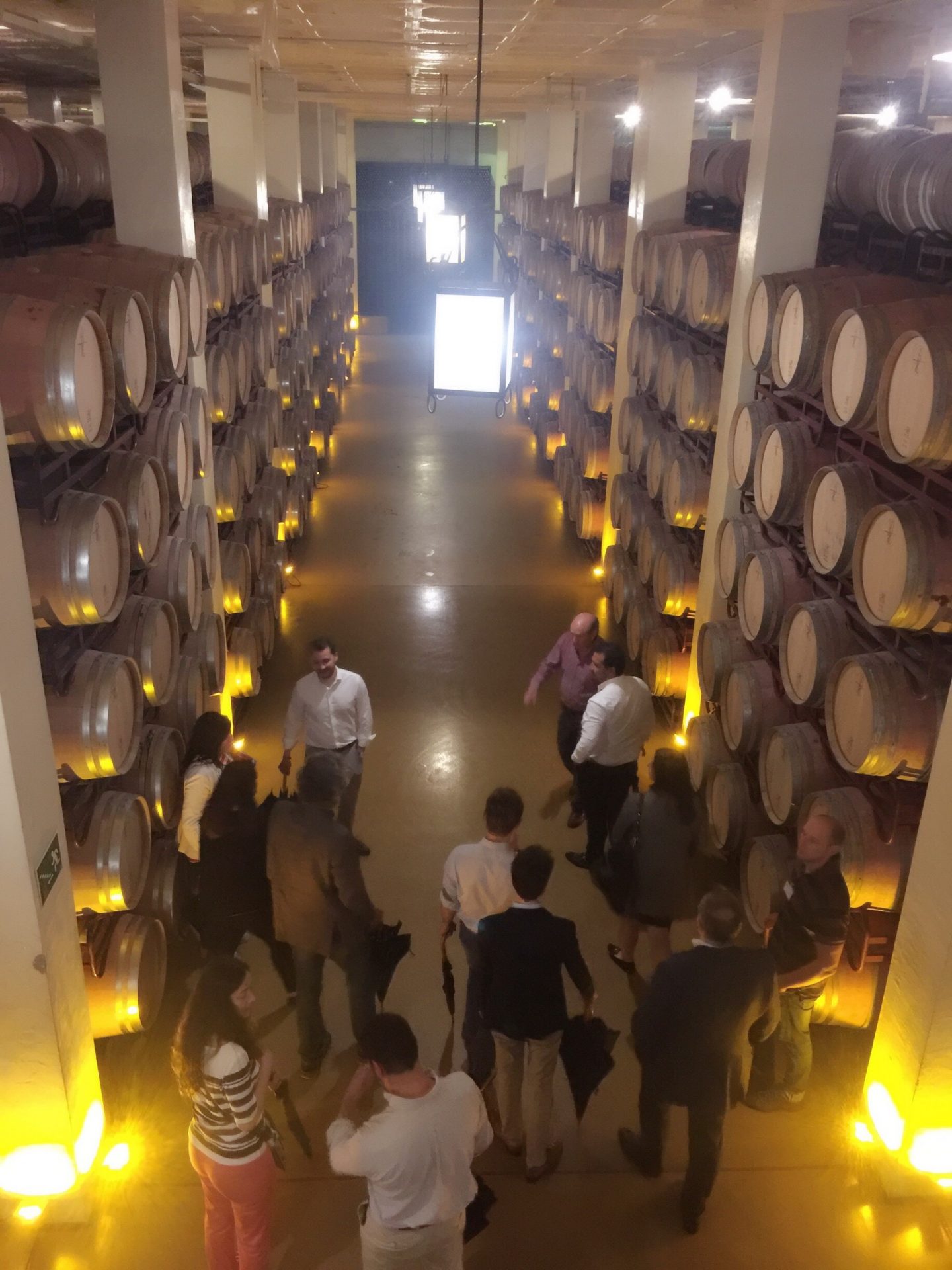
One of my classmate is Victor Charcan from Bodegas Roda, he kindly volunteered to give me a tour of the winery and shared the unique philosophy of the house. Despite they are the second smallest winery in Rioja and a late starter (1987), they have made quite a name for themselves as one of the first Bodegas which shifted the focus of the wines on the terroir of the land as opposed to the oak. Right, wrong or indifferent, there are many who refer to them as the Modern style Rioja. Since inception, the owners had the foresight to engage an agronomist and winemaker Duo to devise a philosophy unknown in the region at the time. They are more focused on the soil structure and the quality of the grapes grown on old bush vines, analyzing the characteristics of the different biotypes of certain key grapes in the blend and a winemaking philosophy which focuses on what the wine needs depending on the vintage as opposed to following a prescribed ageing regime.
Their attitudes are best exemplified in the R & D projects they had been doing in conjunction with the authorities such as Agencia de Desarrollo Economico de la Rioja. The latest project entails studying the genetic diversity of the Tempranillo and Malbec grape with a view to select the best disease resistent genotypes best adapted to climate change.
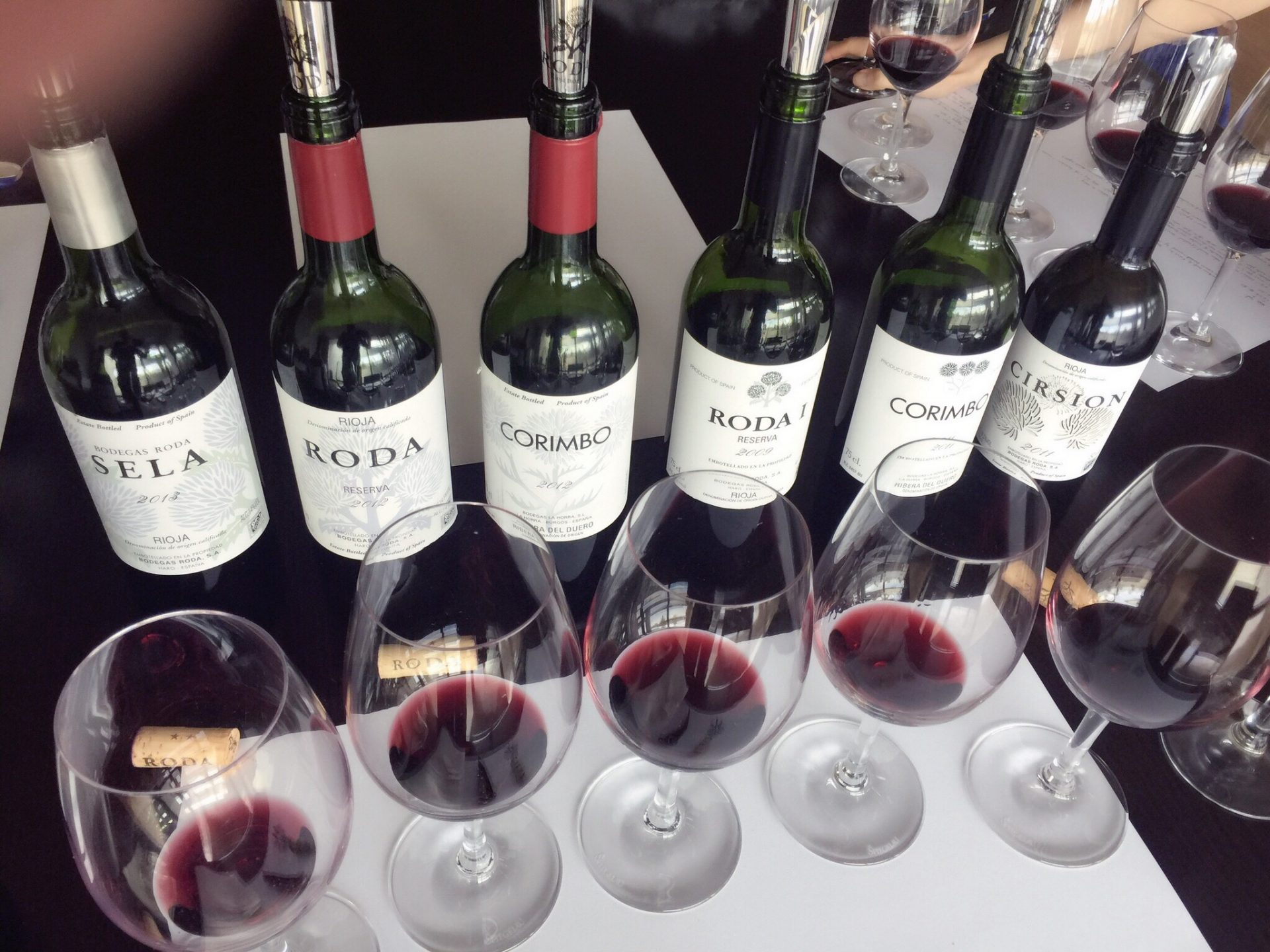
I always found their wines to be a pure and accurate reflection of their emblem – the thistle plant (Cirsion in Spanish, which is also the name of their iconic top wine) which denotes understated elegance, beauty and balance.
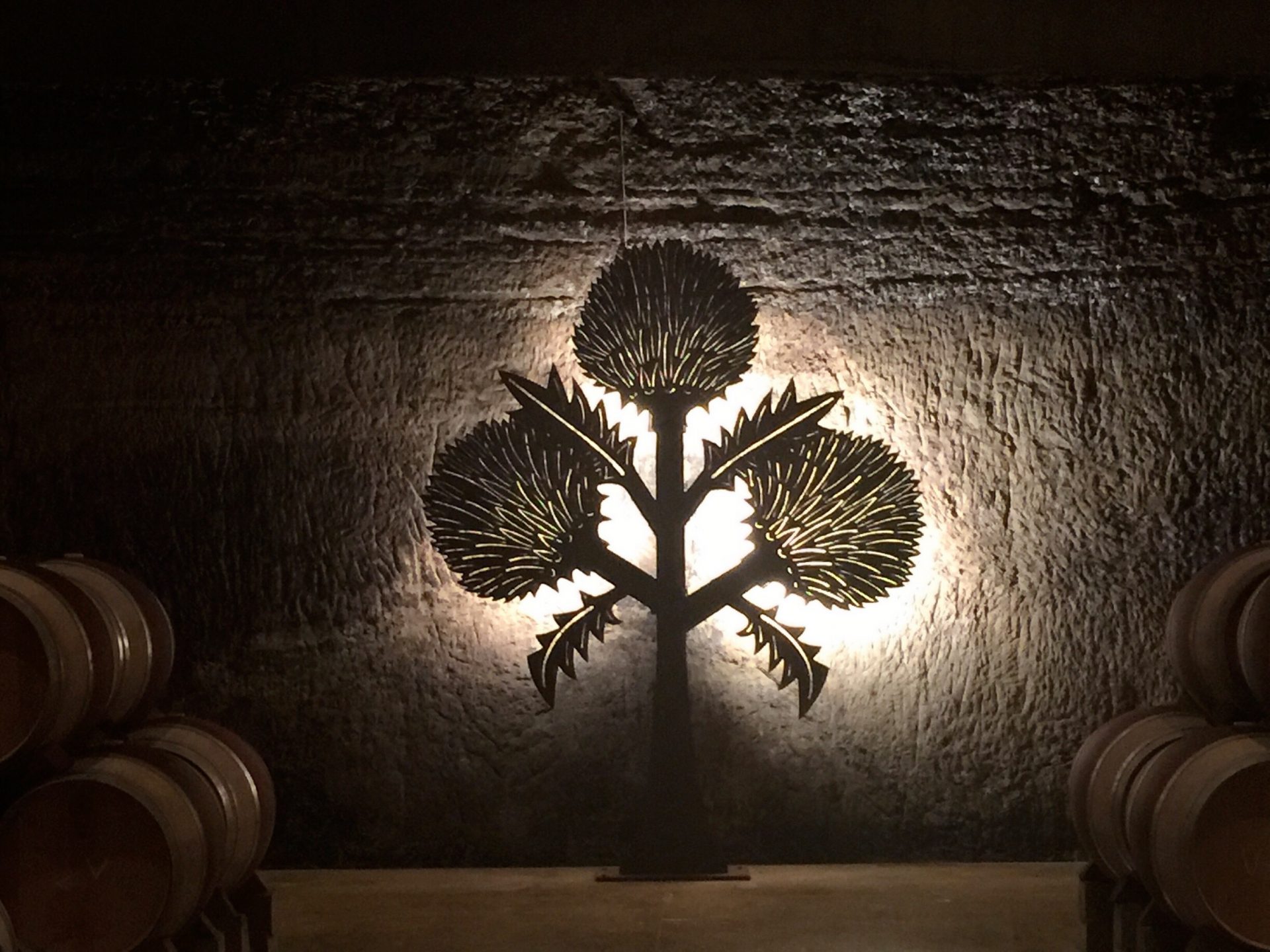
We were shown two cellars in the winery, both underground at different elevations carved out of sandstone, which is the predominant type of soil featured in the Roda vineyards.
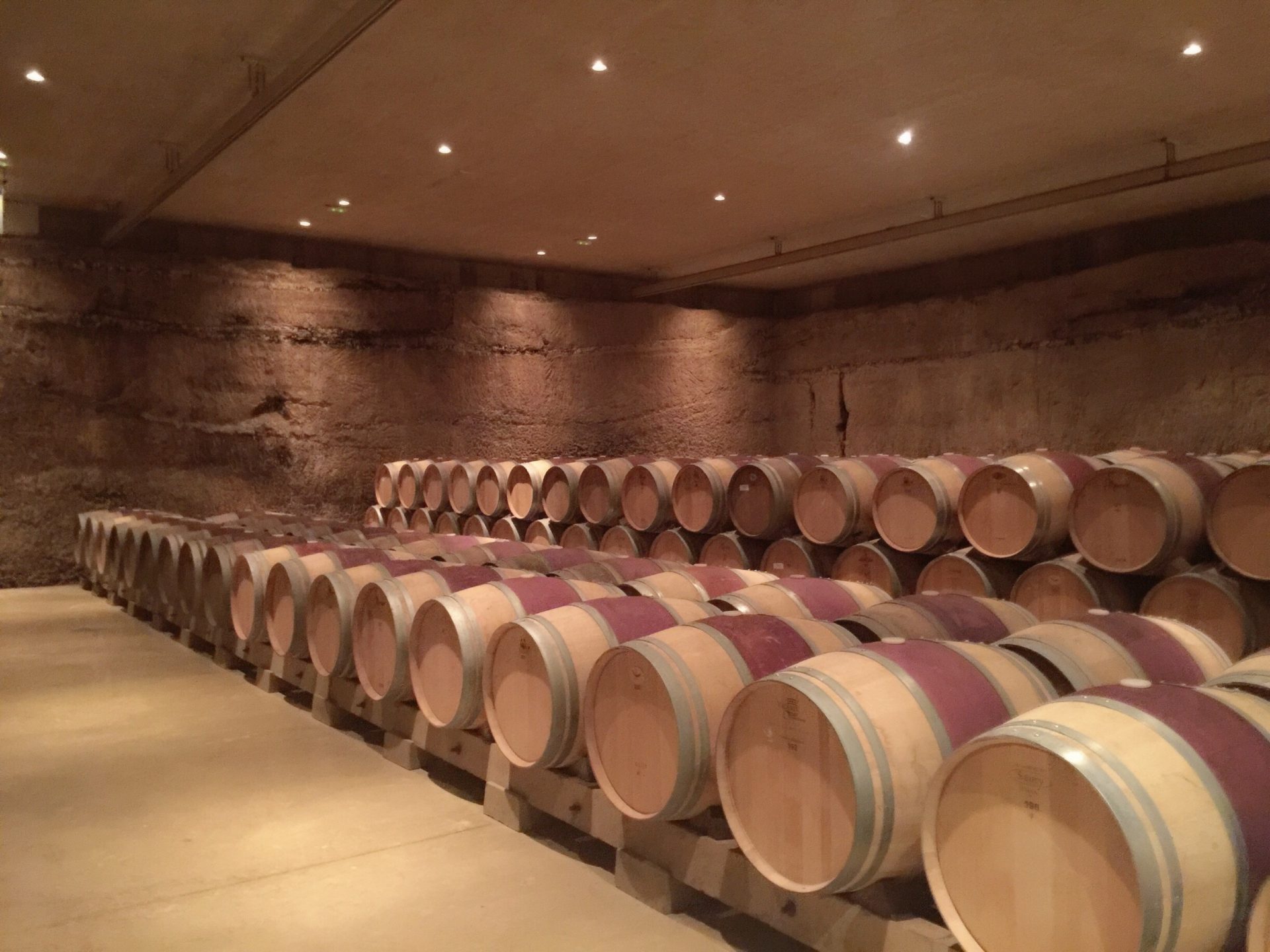
This cellar is 12 meters underground, and one of the longest in the region used in the 19th century for local winemakers to store their wines before shipping them by rail to Bordeaux during the phylloxera crisis.
